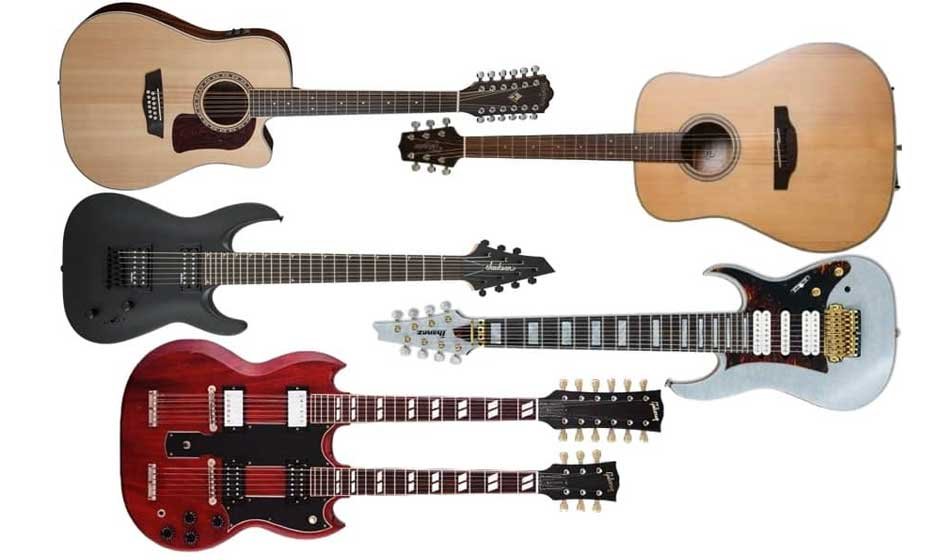Individuals who have never played the guitar may not know much about this instrument. For example, they may be unfamiliar with its construction or the number of strings it has. They aren’t alone. The following guide provides information about the number of strings on a guitar and why this is important.
Guitar Strings
When a person asks, “how many strings does a guitar have? “, the answer will vary. While it is true that most guitars come with six strings, some specific models have seven or 12 strings. Standard guitars are tuned to E-A-B-G-B-E. The low E is the thickest string on the guitar, with the thinnest being the highest. Nevertheless, musicians can tune their guitars differently if they desire.
When a person plucks or strums these strings, they produce various notes. Every string has a specific pitch, with thick strings producing low notes and thin strings producing high ones. The musician learns how each string contributes to the creation of chords and melodies. Proper finger placement and strumming techniques also significantly influence the sound produced by this instrument.
The Number of Strings
Well, traditional guitars typically come with six strings, but that’s not the case with all guitars. Bass guitars usually only have four or five strings. Tenor guitars normally have four strings, while a harp guitar can have anywhere from 10 to 12 strings, or even more. The number of strings influences the sound produced by the guitar, allowing the musician to experiment with different styles of music.
Six-String Models
Six-string models remain popular with musicians for several reasons. This model has three main parts: the body, the neck, and the headstock. While the design may appear simple, this instrument is actually very sophisticated.
When a person plucks the strings of a six-string guitar, the vibrations are transferred to the air, and sounds are emitted from the instrument. The type of wood used for the guitar’s top plays a significant role in determining the tone. Luthiers often use different materials for the backs inside to provide a distinctive resonance, making the sound coming from the guitar unique.
Types of Guitars
Guitars can produce a wide range of sounds, enabling them to be used with various genres and styles of music. The shapes and sizes of guitars vary, allowing for different sound characteristics. There are three basic types of guitars that musicians should be aware of. Acoustic guitars are often played, evoking a country music sound because they produce a warm, resonant tone.
Electric guitars use electronic pickups to convert the vibrations from the strings into electrical signals. An amplifier increases the volume of these signals. The sleek design of these guitars enables musicians to reach high notes with ease. Individuals associate this type of guitar with heavy metal and rock and roll.
The bass guitar is a third option. This instrument features a long neck and thicker strings. The low-frequency times produced by this instrument add depth to any song or musical piece.
The number of strings on a guitar helps determine its sound and how the musician plays it. Most musicians have at least one six-string guitar in their collection because these models are highly versatile. However, when they want to expand their skills and try new tonal possibilities, they may invest in a seven, eight, or 12-string guitar. It never hurts for a musician to try different options to see which ones they love most.










